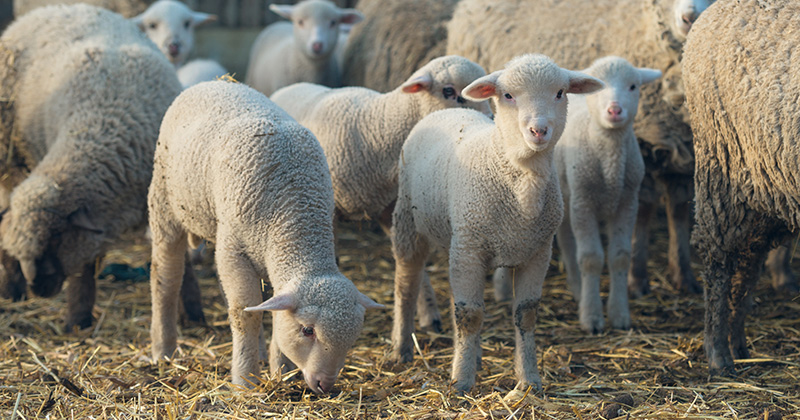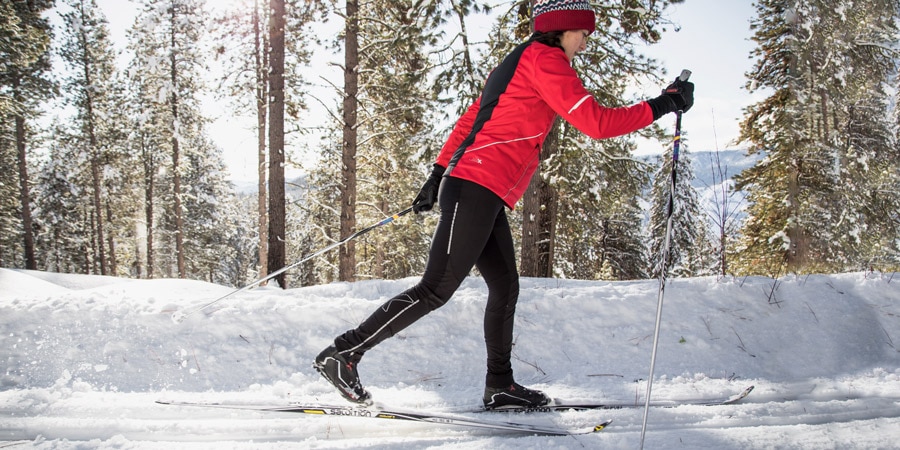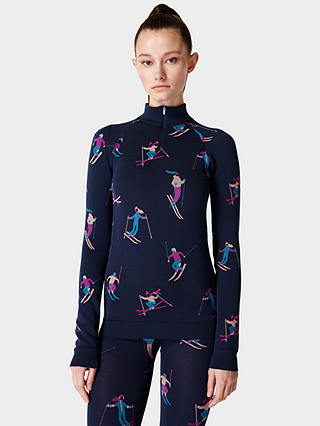There are numerous Merino breeds of sheep. Each one is unique and has distinct characteristic. Here are a few of the most well-known Merino sheep breeds and how they differ. Spanish Merino- The Spanish Merino is among the oldest breeds of Merino sheep and is known for its high-quality wool and high yield. This breed can be utilized in a variety of settings and is resistant to most illnesses.
American Merino- The American Merino was developed in the United States in the 19th century. It is famous for its luxurious wool and durability. This breed is specially suited for cold conditions and is immune to numerous common sheep diseases.
The Saxon Merino Saxon Merino Merino is a fine-boned Merino sheep breed that is popular for its soft and fine wool. This breed is typically smaller than other Merino breeds and is well-suited for hot and dry environments.
Peppin Merino - The Peppin Merino was an Australian breed which was created in the 19th century. The breed is renowned for its luxurious wool and its ability to adapt to Australia's hot and dry climate.
Rambouillet-The Rambouillet Merino Sheep breed was created in France around the 18th century. This breed is known to be adaptable and tough in various environments. Rambouillet wool is often rougher and more expensive than other Merino types, but its high-end quality is sought-after.
Polwarth - The Polwarth Merino breed was created in Australia during the latter part of the 19th century. This breed is famous for its soft and beautiful wool and is particularly well-suited to the wet and cold climate of southern Australia.
In the end, the distinctive characteristics and qualities of Merino sheep are based on the breed they belong to and the environment in which they're raised. Breeders often select Merino breeds for their unique qualities, including toughness, fine wool, adaptability, and adaptability. This allows them to create Merino breeds that are able to work in a variety of environments and are more suitable to specific purposes.

How Do 3/4 Length, Long Sleeve, Hooded And Zip-Neck Merino Base Layers Differ?
There are numerous Merino base layers that you can pick from, such as length sleeves, 3/4 length, zip-necks, and hooded. Each comes with their own advantages and characteristics. This article will help you select the right 3/4 length Merino base layer. These base layers offer warmth and comfort for your lower body without adding the bulk. This kind of base layer is suitable for use in cold to mild weather and can be worn with shorts or under pants. They're an excellent choice for activities where you want some extra warmth, but don't need the full length of base layers.
Long Sleeve Merino wool base layers provide warmth and comfort for the upper part of the body. The base layers are offered in various weights and are great for colder weather. For activities with low or moderate intensity, long sleeves as base layers are the ideal.
Hooded Merino wool base layers are designed to give you extra warmth and protect against the elements. They usually have an hood with a built-in hood that can be worn over helmets or other headwear. Hooded base layers are great for any activity that exposes you to wind and cold conditions.
Zip-neck Merino sheep wool base layers are designed to control temperature and provide ventilation. The neckline is usually zippered and can be opened or closed depending on the weather. Zip-neck base layers are a good choice for activities where you may need to regulate your body temperature quickly, for example when you are engaged in high-intensity sports.
Be aware of the weather conditions and degree of activity you're participating in when choosing the best Merino wool base layer. 3/4 length base layers will suit mild to cool temperatures Long sleeves are ideal for cooler conditions. Hooded bases layers can protect you from cold or windy winds. Zip-neck base layers are ideal for any activity that requires you to keep body temperature in check quickly. Also, you should be aware of the fit and allow for full movement. Go experience ski thermals at koraoutdoor.com for more tips as well as izod thermal shirts, smartwool men's merino 150 baselayer long sleeve, crane merino wool base layer, wool base layer for men, mens merino wool bottoms, all cotton thermal underwear, merino wool ninja suit, merona thermal underwear, fruit of the loom thermal top, black polo thermal shirt, with more- Good Reasons For Choosing Ski Base Layers 0194811 and Great Facts For Picking Base Layers For Skiing.

How Do You Decide On The Most Effective Base Layer To Ski When You're Combining Merino And Himalayan Yak Wool?
There are a variety of factors to consider when choosing the most appropriate mix of Merino and Himalayan wool to make your ski base layers. These are the most important factors to be aware of. Weather conditions: Consider the weather and temperature that you will ski in. If temperatures are low you may want to think about a thicker base layer, such as one with Himalayan-yak wool. A thinner Merino base layer could be more suitable for more mild conditions.
Activity level- Take note of your level of physical activity and how often you are likely to sweat. If you tend to sweat frequently, a base layer with high moisture-wicking capabilities such as Merino wool, might be the best option.
Comfort- Choose an area that is comfortable and is easy to move into. Base layers should be able to move with you and provide the full range of motion. It is essential not to wear anything too tight or restrictive , as this could limit mobility and create discomfort.
Personal preference- In the final analysis, it will depend on the individual's preferences. Some individuals may prefer a base layer that has more insulation, while others might prefer a lighter layer. Try different combinations and see what is most comfortable and effective for your needs.
The best base layer combination consisting of Merino wool and Himalayan yak wool is contingent on your individual needs and the specific conditions you'll be skiing in. When selecting the right base layer, you should consider the conditions in the weather, your activities level and individual preference. This will ensure that you stay dry and comfortable while on the slopes. Go get ski clothes at koraoutdoor.com for blog examples as well as warmest long underwear for skiing, fleece long johns mens, cheap mens thermal shirts, womens ski thermals set, smartwool thermals, thermal long sleeve t shirt mens, best long underwear for men, men's winter thermal leggings, white thermals mens, thermal long sleeve, with more- Great Advice For Deciding On Ski Base Layers and Top Facts For Picking Merino Wool Base Layers.

What Are The Alternatives To Merino And Yak Wool For Ski Wear, And Why Is It Better?
You have many options for fabrics other that Merino wool and Himalayan-yak wool to use to make your ski clothes. But, these alternative fabrics might not be more effective in keeping you comfortable in the snow. Here are a few alternatives and a few reasons why they may be less than desirable. Cotton. Cotton is a common fabric for clothing, but it's not a great option for skiing. Cotton is a sponge that absorbs and retained moisture that can make you feel cold and wet. It's not particularly warm, and does not provide insulation.
Polyester-Polyester is a fabric made of synthetic material used for ski clothing. Although polyester is quick drying and moisture-wicking, it can't provide the same level of warmth and insulation as Merino wool or Himalayan Yak wool. Polyester is also more in the way of breathability than natural fibers and more comfortable for some.
Nylon- Nylon is a synthetic fabric that is well-known for its toughness and resistance to damage. It can be utilized to make ski clothes, but it is not able to provide warmth or insulation. It's less breathable than natural fibers like Merino Wool, and is uncomfortable to wear for long durations.
Fleece - Fleece is a fantastic middle-layering material for skiing. While it does offer some insulation and warmth but it's not as efficient as natural fibers like Merino wool and Himalayan yak wool. Some people also find fleece to be less breathable, and more prone to retaining moisture as natural fibers.
There are a variety of choices of fabrics that aren't Merino wool and Himalayan Yak wool to make ski clothes, they may not provide the same level of comfort for your skis. Natural fibers like Merino wool and Himalayan Yak wool provide superior warmth and insulation, moisture management, and breathability which makes them an ideal choice for clothing for skiing. More- Best Facts For Deciding On Merino Wool Base Layers and Best Facts For Choosing Merino Wool Base Layers.



